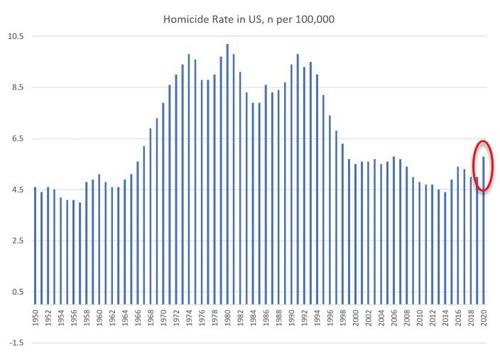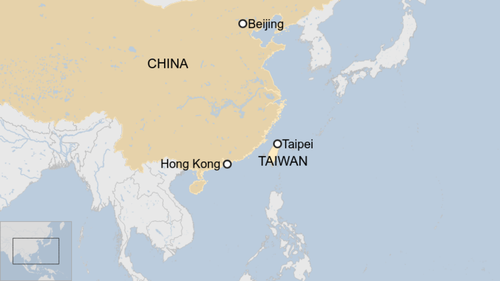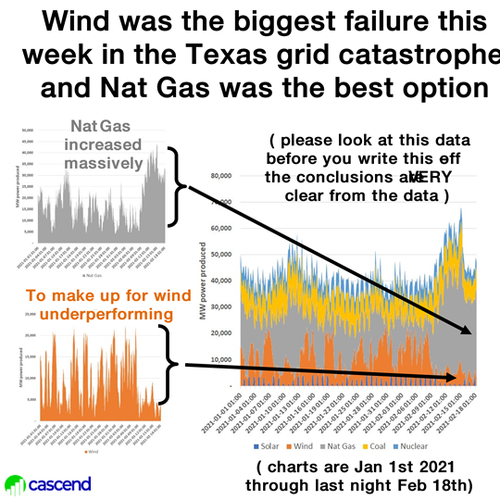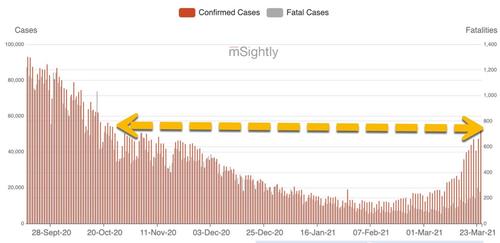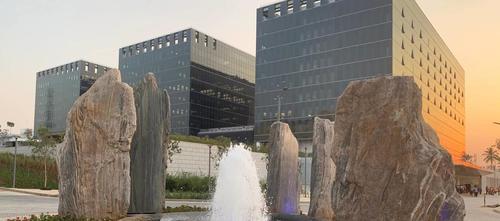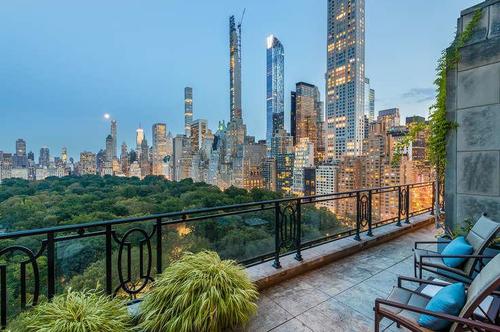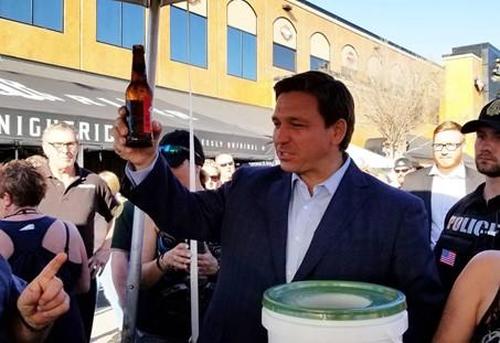“We Don’t Have The Money”: Argentina Warns It Will Default Again
There are three certainties in life: death, taxes and Argentina defaults.
And while we have seen a lot of the first in the past year, Biden is making sure we will see much more of the second in coming years, it was Argentina’s president Cristina Fernandez de Kirchner who said on Wednesday that we are about to have one more of the third.
Speaking at an event in Buenos Aires, CFK said that Argentina is unable to repay its $45 billion debt with the International Monetary Fund – the same fund that came to Argentina’s rescue in 2018 to fund the country’s latest default – under current negotiating conditions for one simple reason: “we can’t pay because we don’t have the money to pay,” she said adding that the IMF’s conditions are “unacceptable” diminishing the possibility of an agreement with the country’s largest creditor.
In the speech, CFK was flanked by Axel Kicillof, the governor of Buenos Aires Province and her son Maximo. She called on the opposition to help seek better terms from the fund since they are responsible for taking on the debt under former President Mauricio Macri.
“We are not saying to not pay the debt,” Fernandez de Kirchner said, when in reality that’s precisely what she was saying. “Our political group was the only one that paid the debts of all the other governments. We should make an effort, the ruling party and the opposition, to give us a longer term and a different interest rate on a debt that others have contracted.”
CFK’s comment, first reported by Bloomberg, came come after discussions between Economy Minister Martin Guzman and IMF Managing Director Kristalina Georgieva in Washington on Tuesday that what was described by both sides as a “very good meeting” although in retrospect, they were not so good.
The hardline stance from Fernandez de Kirchner, who battled with creditors during her eight years in office from 2007 to 2015, may help bury the already diminished prospects for a deal to get done before key midterm elections in October. President Alberto Fernandez leads a broad Peronist coalition, and Fernandez de Kirchner comes from a more radical but important left-wing group.
“Key players in the government’s coalition would prefer to be perpetually at war with the Fund,” said Benjamin Gedan, director of the Argentina Project at the Wilson Center, a Washington-based think tank. “That attitude is not productive and complicates the economy minister’s efforts to negotiate a new program.”
Meanwhile, the IMF remains completely toothless in protecting its capital, much of which comes from US taxpayers. While IMF negotiators prefer to hash out a deal with Argentina as soon as possible to put the country back on a path to growth, the Fund knows it can’t force the nation’s hand, Bloomberg sources said.
There is another reason why Argentina is preparing for another default: the alternative is the political suicide known as austerity. CFK is already facing a narrowing political path as the Oct. 24 vote approaches. Announcing an agreement with the Fund, which would include further fiscal austerity pledges, would hurt the ruling coalition’s standing in a country where the IMF is usually blamed for its recurrent economic crisis.
Meanwhile, as Bloomberg notes, Argentina faces an economic minefield… and all the downside of MMT, i.e., helicopter money.
The country is just emerging from three years of recession, inflation is projected to hit nearly 50% this year and unemployment is in the double digits. The government’s $65 billion debt restructuring with private creditors last year didn’t boost its credibility, and the bonds are now in junk territory again. The country has no access to foreign credit, forcing it to print money.
Now seeking its 22nd IMF program since 1956, Argentina’s fraught history with the lender includes its 2001 financial crisis, when painful budget cuts urged by the Fund failed to avert an economic collapse and debt default. The record agreement in 2018, which failed to lift the economy, also translated into more austerity that led Argentines to vote out a pro-business government and elect Fernandez.
“It’s not totally unexpected, this is an electoral year and she is delivering the message to their voting base, and we should expect more of the same from her,” said BBVA strategist William Snead in an interview from New York.
Argentine dollar bonds maturing in 2030 fell 0.9 cents on the dollar to 34.15 cents on Wednesday. The bonds edged lower after Fernandez de Kirchner’s comments. Argentina restructured its debt with bondholders last year and is still trying to reschedule payments with the Washington-based lender. Argentina’s CDS jumped to the highest level since the country emerged from default last year, rising 1 percentage point to an upfront cost of 39 percentage points, indicating that a near-term default is virtually assured.
Tyler Durden
Thu, 03/25/2021 – 22:00
via ZeroHedge News https://ift.tt/3lQo7AE Tyler Durden

